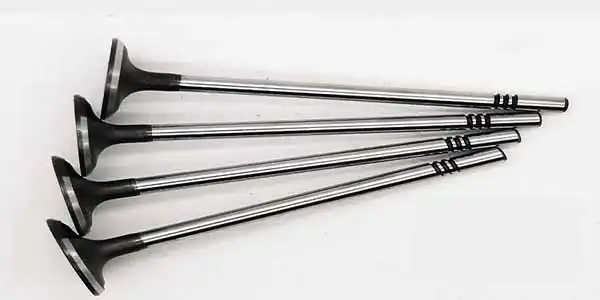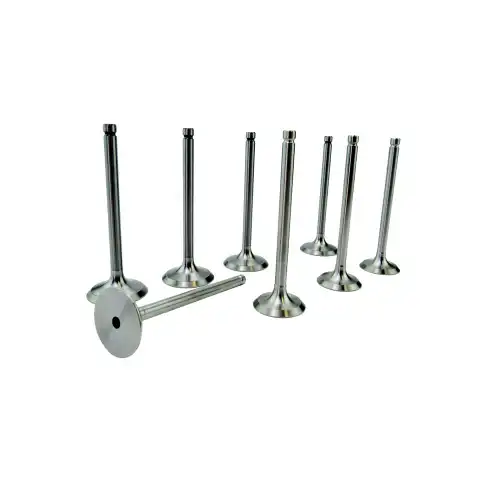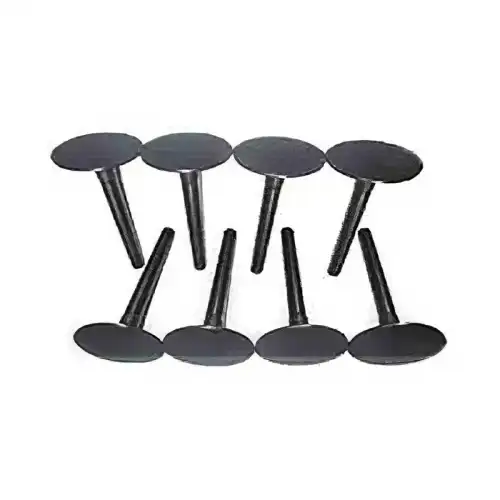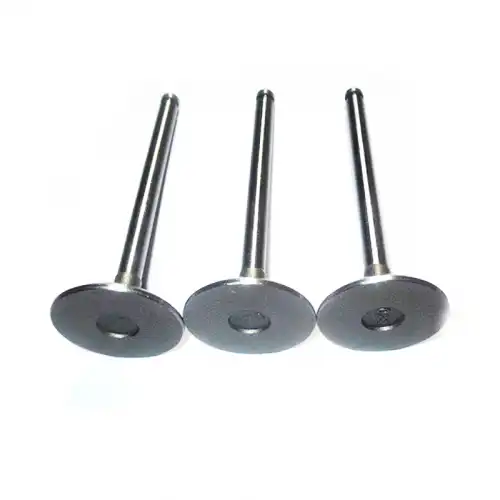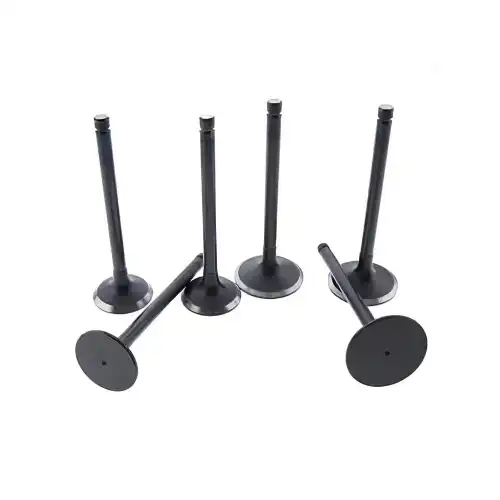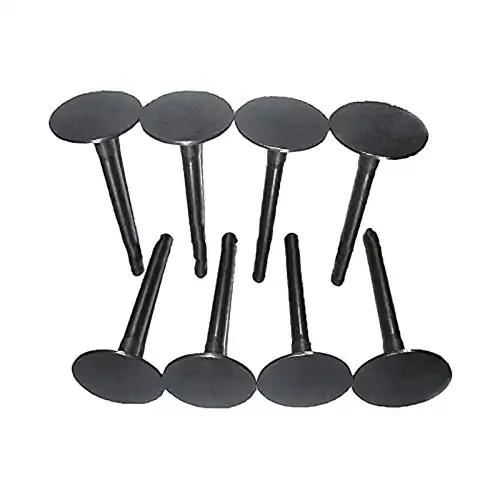Why Is the Intake Valve Bigger Than the Exhaust Valve?
What Is Intake and Exhaust Valve?
The intake and exhaust valves are key components of an internal combustion engine. The intake and exhaust valves play an important role in the intake and exhaust processes of the engine.
The intake valve is responsible for the air-fuel mixture entering the engine's combustion chamber. During the intake stroke of the engine cycle, the intake valve opens to let the mixture in. The intake valve is located in the cylinder head, usually above the piston. After the intake valve opens, the air-fuel mixture enters the combustion chamber from the intake manifold. The intake valve is usually made of stainless steel or titanium, which can withstand high temperatures and pressures.
The exhaust valve is used to exhaust the gases produced by the combustion of fuel. The exhaust valve opens to exhaust the exhaust gases from the combustion chamber and into the exhaust manifold. The exhaust valve is controlled by the camshaft, opens at the end of the power stroke, and closes at the end of the exhaust stroke. Because the exhaust gases produced after combustion are extremely hot, the exhaust valve is usually made of high-temperature resistant nickel-based alloys.
What Valve Is Bigger Intake or Exhaust?
The combustion of fuel requires a large amount of oxygen in the air. So the intake valve has to be bigger to allow the fuel to burn fully. Therefore, the intake valve of the engine should be slightly larger. The overall size has not changed, the exhaust valve can only be made smaller.
The size of the intake valve and exhaust valve is determined according to the amount of charge and exhaust. To understand this problem, we have to start with the following three situations.
Why Is Intake Valve Bigger Than Exhaust?
(1) The Speed Comparison Factor of the Intake and Exhaust Flow.
The mixed gas entering the cylinder enters when the piston stroke volume forms a vacuum (that is, the air pressure difference) when the piston moves from the top dead center to the bottom dead center. faster. Of course, it is good to have more fresh air mixture entering the cylinder, but the speed of the airflow cannot keep up with the speed of the piston action.
To create conditions for the intake, the intake valve should be enlarged to meet the needs of the amount of charge.
The exhaust is the exhaust gas in the cylinder. Self-discharge begins at about 120' down the working stroke of the piston, 180. The rear piston starts to move upwards. At this time, the exhaust gas is behind the front piston. The exhaust gas discharge speed depends on the upward speed of the piston, and the exhaust gas is forced out. It can be said that the upward speed of the piston and the exhaust speed are equal, which is the ratio of the exhaust valve to the intake. The valve is small. Generally, the exhaust caliber is two-thirds of the intake caliber. The caliber of the exhaust valve is designed without affecting the exhaust.
(2) Influence of Airflow Resistance.
Theoretically, the amount of charge and exhaust are equal, and the opening and closing time of the exhaust valve and the opening and closing time of the intake valve are also equal. But this is not the case in fact, because the throttle valve directs the speed, and the valve opens and closes big or small. When the inhalation is finished, the cylinder should be filled with a mixture equal to the atmospheric pressure (about 1 kg/square centimeter). However, when the gas flows through the intake pipe and the intake valve, it is subject to resistance. In order to overcome these resistances and make the mixture flow at a certain speed, a part of the pressure must be consumed, so the air pressure in the cylinder is always lower than the atmospheric pressure. The density of the gas changes with the pressure, the density of the low-pressure decreases, and the weight of the actual inhaled mixture decreases. To solve and reduce the influence of airflow resistance, it is necessary to increase the cross-sectional area of the airflow passage at the intake valve, that is, to increase the area of the air valve. In the case of thin air in the plateau area, the area of the intake passage should be enlarged, otherwise, the engine will not reach its rated power at all in these areas.
(3) The Influence of Engine Speed.
Under the condition that the size of the original airway remains unchanged, the suction pressure also changes according to the speed and load. Speed varies with a load while the throttle valve is held wide open. Assuming that the inflation weight is 1, the pressure decreases from 0.95 to 0.80 when the speed is increased from 700 rpm to 2,100 rpm, which means that the Aiki density of the cylinder in the cylinder is reduced, and the airflow cannot keep up with the needs of the inflation volume. When the rotational speed is increased three times, the piston movement speed is also accelerated three times, and the airflow speed must be accelerated three times to ensure that the same weight of gas breaks into the cylinder. However, due to the increased force in the airway at high speed, the airflow cannot be increased in the same proportion. That is to say, the inflation effect is better when decelerating, and the average effective pressure and torque are also larger (the torque is proportional to the average effective pressure).
It can be seen that the larger the intake valve is to meet the needs of the engine air volume passing through within a reliable range, and the smaller the exhaust valve is to minimize the size without affecting the exhaust volume. In addition, the exhaust passage is superior to the intake passage condition, so the intake and exhaust valves appear to be much larger than the exhaust valves. In some special engines, such as the piston aircraft engine that prevailed in the 1940s, the intake valve is more than twice the size of the exhaust valve.
 Track Your Order
Track Your Order




